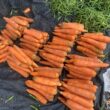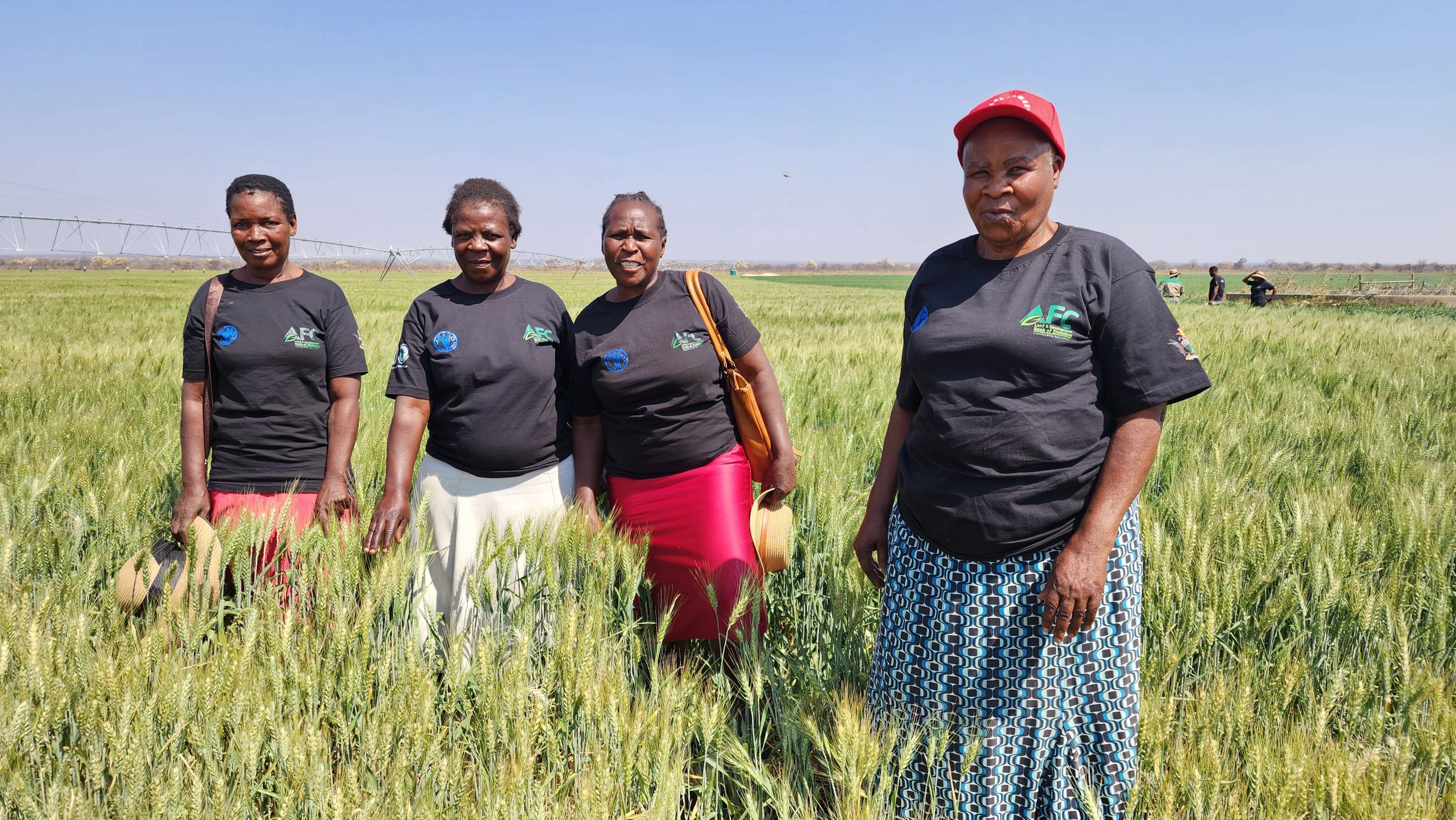
By Conrad Mwanawashe
Kundai and Annita Chandaengerwa are dreaming of milking 200 cows from the 36 cows that are yielding close to 15,000 litres per month currently from their Ridgemond farm in Gweru.
The couple, second generation G & T Enterprises dairy farmers, are working towards that dream, setting in motion a number of processes envisaged to form a strong foundation on which the dream is to be built.
They have embarked on mechanisation of their dairy business, ventured into irrigation and pastures and have instituted a ‘succession plan’ to ensure continuity of the dream.
But all said and done, the Chandaengerwas are cognisant of the old African proverb that says: If you want to go fast, go alone. If you want to go far, go together! And they have joined themselves with like-minded dairy farmers in the Midlands province and affiliated with the national representative body, the Zimbabwe Association of Dairy Farmers (ZADF).
ZADF is the dairy farmer representative body promoting and developing milk and dairy production in Zimbabwe since 2013. Currently ZADF boasts of about 2500 small scale farmers, around 180 medium scale and about 60 large scale farmers.
The journey with ZADF has been rewarding for many dairy farmers as the association has initiated programmes that have seen farmers grow their herds, improve their genetics and gained knowledge about their businesses.
Some of the programmes include the Farmer Graduation Model which has seen ZADF members receiving animals and other support services.
The Farmer Graduation Model seeks to help farmers grow to higher production levels from their current status and grow their herds.
“As ZADF we’ve embarked on a breeding programme to help our farmers grow their numbers. We have also embarked on serious knowledge transfer to ensure the farmer graduation model works. Knowledge is required for the farmers to manage the transition from one level to the other,” said Edward Warambwa, ZADF Midlands Chairperson.

Warambwa is running Headwaters Farm also in Gweru.
“We are encouraging our farmers to learn more. ZADF is also receiving PUM experts who teach us how to manage more animals, while other experienced farmers are taking us through the steps. They are also providing us with animals,” added Warambwa.
Through the TransDVC project ZADF has distributed in-calf heifers to most of its members dotted across the country.
Some of these programmes have had a positive impact on the Chandaengerwas’ dairy business and they are seeing growth arising from the synergies.
“We’ve a total herd of about 90 cows and milking 35. When we started about four years ago we were milking about five cows,” said Dr Kundai Chandaengerwa.
“Our yield fluctuates between the dry season and the rainy season. During the rainy season our yield is between 15 and 18 litres per cow per cow. During the dry months yield is between 10 and 12 litres per cow per day. Our milk is collected by National Dairy Cooperative and our processor is Dairibord Zimbabwe,” added Dr Chandaengerwa.
Value addition is “something that is being talked about a lot” at the Chandaengerwas farm.
“We would want to process some of our milk on the farm and distribute to our communities. We definitely want to add value to our milk and not just trade raw milk,” he said.
The couple has two main breeds on the farm, the Holstein-Friesian and Jerseys and some crosses.
“We cross the two breeds to take advantage of both breeds that is, volume and quality,” said Dr Chandaengerwa.
Holstein-Friesian, breed of large dairy cattle originating in northern Holland and Friesland. Its chief characteristics are its large size and black and white spotted markings, sharply defined rather than blended. These cattle are believed to have been selected for dairy qualities for about 2,000 years.

ZADF Midlands Chairperson, Warambwa Headwaters Farm owner, has also seen tremendous growth benefitting from the synergies within ZADF.
Warambwa started with seven cows which he bought from his pay-out from his former employers.
“I grew year by year as I was getting opportunities to grow my dairy to the 56 cows that I’m milking currently made up of three different breeds, Jersey and Holstein-Friesian and Ayrshire. Each animal is yielding about 10 litres a day which is on the lower side mainly because of feeds and because we’re in the peak of the dry season where feeds are a bit scarce. But I think as soon as we sort that out we can pick that up again to better volumes,” said Warambwa.
ZADF has also embarked on a programme to help farmers produce their own feed to reduce cost of production.
Pursuant to that, ZADF has partnered Europe Africa Seeds Initiative (EASI Seeds), experts in cultivating pastures, to recommend various forages for different agro ecological regions, then we reduce costs on bag feeding which is expected to reduce the cost of production significantly.
“Feed is the major cost driver. It takes about 75 – 80% of our income. To run a dairy business successfully you must have a good feeding regime which is cost effective. We grow silage, sunhemp, and other grasses such as katambora which we bail for use in the dry season. We also use snaptcorn,” said Warambwa.
The Chandaengerwas have also ventured into feed production.
“To reduce the cost of feed, we have gone into irrigation. We are growing sunn hemp, lucerne and sorghum particularly for feed,” said Dr Chandaengerwa.
Sunn hemp can be grazed by cattle, goats, and sheep while lucerne yields a large volume of high quality hay that’s rich in protein.
Mrs Chandaengerwa, who is responsible for administration, human resources and accounts departments, at G & T Enterprises farm said mechanisation is the way to go for dairy farmers.
“We lock five cows in our parlour at a time this meant that we needed five people to milk at a time. But with the machines that we acquired and started using in about April, milking can be conducted by two people while the rest of the people are deployed elsewhere to do other duties. I think mechanisation has brought in some form of efficiency in that we are able to have more work being done at any given time rather than all the people concentrating on one thing which is milking and feeding the cows,” she said.
In their succession plan, Kundai and Annita Chandaengerwa have trained their first born son to run the dairy enterprise and the young man is currently studying an agriculture related programme at a local university.








